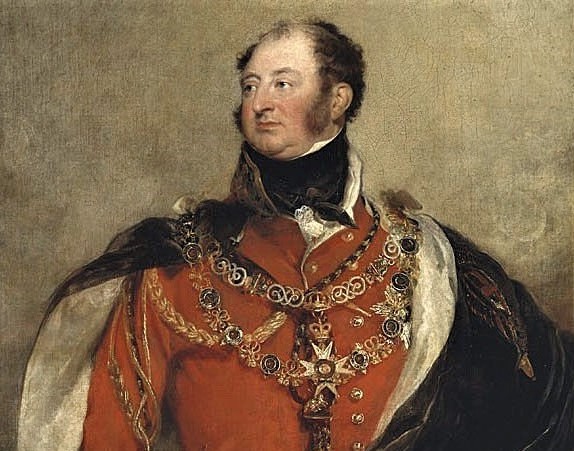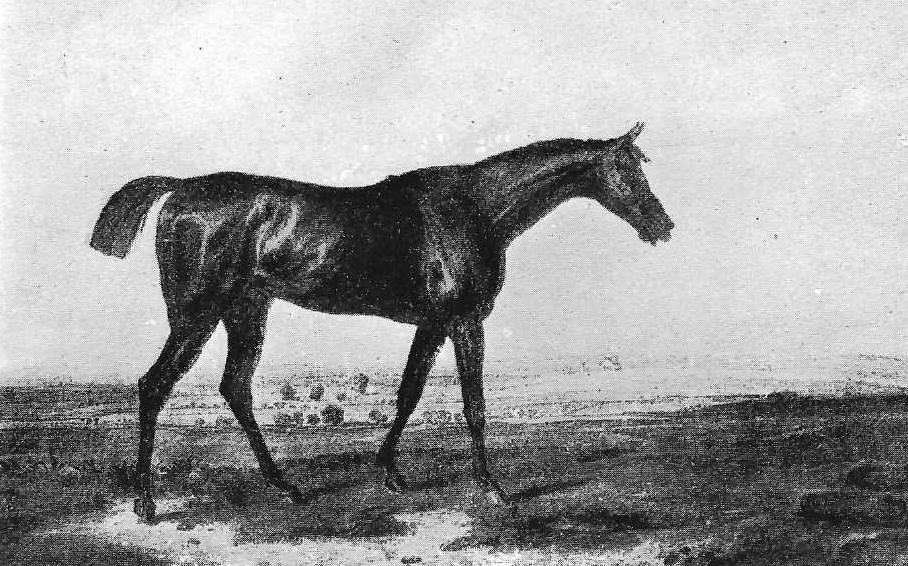Frederick Augustus, the Grand Old Duke of York (1763-1827).
A highly controversial man of the turf and the second son of George III.
He bred and owned two Derby winners – Prince Leopold (1816) and Moses (1822), both ran in the name of his racing manager, Warwick Lake and were trained by William Butler.
Thomas Coleman in his “Recollections”, discribes an interesting scene following the 1822 Derby.
“After the races, there was a prize-fight between a Jew named Moses and another, both regular fighting men. They fought in the bottom, near the old two-mile post, and the Duke of York was there on a splendid brown cob – such a beauty! About 15 hands high, clean shaped, and such power, with a beautiful head. The Duke (owner of Derby winner, also called Moses), was not so tall as his brother, George IV, but more corpulent – ran more to middle – appeared to enjoy the fight much, and as, round after round, those by the ring kept calling out,’ Well done, Moses! – go it again, Moses!’ he seemed to be pleased and enlivened at the sound of the word, cast up his head and gave a sort of puff with his mouth.”
However, as Commander-in-Chief of the army, his campaigns on the continent were strongly criticised and verged on disastrous.
Unsuprisingly, he faired no better at the card table, where he lost his estate in the West Riding and his country house, Oatlands, in Weybridge, Surrey.
Ironically, the Duke is the only Bishop to have won the Derby, having been appointed to the Bishopric of Osnaburgh when only six months old.
In 1826, the Duke of York, knowing to be greatly in debt to a firm of London jewellers, leased to them his newly acquired mining rights of Cape Breton, Nova Scotia, and agreed to them setting-up the General Mining Association to operate the mines.
This in time would have cleared his debts and eventually he would have received some interest from the arrangement. But he died six months later and as a result, his stud and stable went under the hammer, with Moses, (below), who went on to win the Albany Stakes at Ascot and the Claret Stakes at Newmarket, sold to the Duke of Richmond for 1,100 guineas.
It is, however, from his military blunder in Flanders on the hill at Cassel, that the Duke is most remembered in the children’s rhyme – used by the author when bouncing each of his four young children, in turn, on his knee!
The grand old Duke of York,
He had 10,000 men.
He marched them up to the top of the hill
And he marched them down again.
And when they were up, they were up.
And when they were down, they were down.
And when they were only half way up,
They were neither up nor down.
For more racing history see Michael’s Books for Sale
To see Michael’s interviews go to the foot of About Michael
____________________________________________________________________

